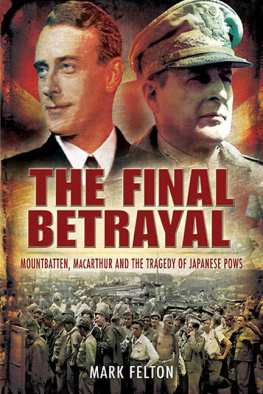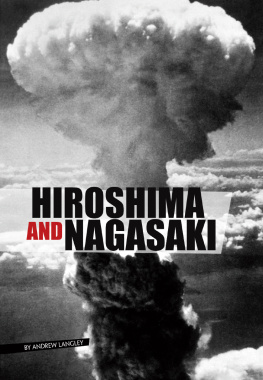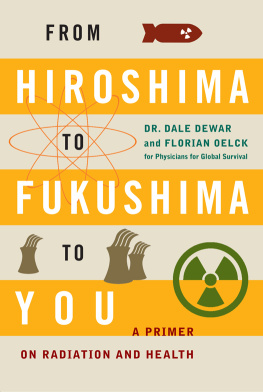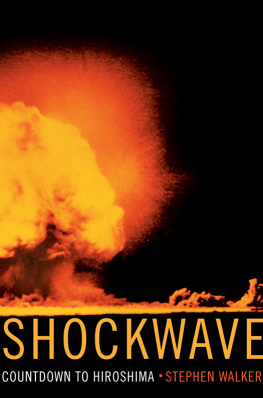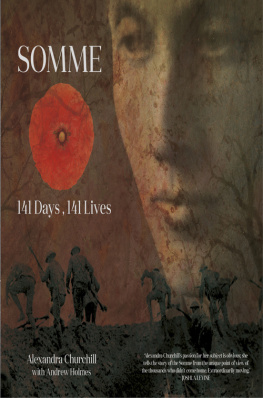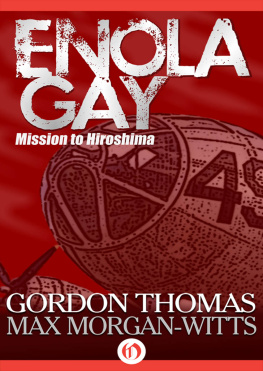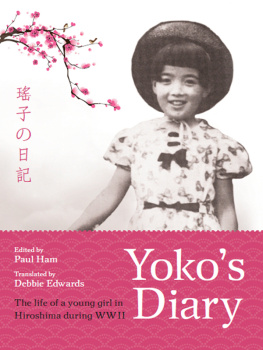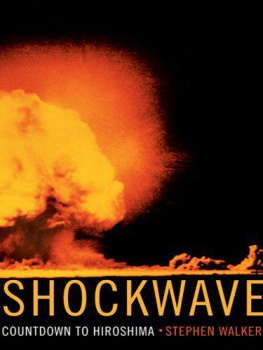Hachiya M.D. - Hiroshima Diary: The Journal of a Japanese Physician, August 6-September 30, 1945
Here you can read online Hachiya M.D. - Hiroshima Diary: The Journal of a Japanese Physician, August 6-September 30, 1945 full text of the book (entire story) in english for free. Download pdf and epub, get meaning, cover and reviews about this ebook. year: 2011, publisher: The University of North Carolina Press, genre: Religion. Description of the work, (preface) as well as reviews are available. Best literature library LitArk.com created for fans of good reading and offers a wide selection of genres:
Romance novel
Science fiction
Adventure
Detective
Science
History
Home and family
Prose
Art
Politics
Computer
Non-fiction
Religion
Business
Children
Humor
Choose a favorite category and find really read worthwhile books. Enjoy immersion in the world of imagination, feel the emotions of the characters or learn something new for yourself, make an fascinating discovery.
- Book:Hiroshima Diary: The Journal of a Japanese Physician, August 6-September 30, 1945
- Author:
- Publisher:The University of North Carolina Press
- Genre:
- Year:2011
- Rating:5 / 5
- Favourites:Add to favourites
- Your mark:
- 100
- 1
- 2
- 3
- 4
- 5
Hiroshima Diary: The Journal of a Japanese Physician, August 6-September 30, 1945: summary, description and annotation
We offer to read an annotation, description, summary or preface (depends on what the author of the book "Hiroshima Diary: The Journal of a Japanese Physician, August 6-September 30, 1945" wrote himself). If you haven't found the necessary information about the book — write in the comments, we will try to find it.
Hachiya M.D.: author's other books
Who wrote Hiroshima Diary: The Journal of a Japanese Physician, August 6-September 30, 1945? Find out the surname, the name of the author of the book and a list of all author's works by series.
Hiroshima Diary: The Journal of a Japanese Physician, August 6-September 30, 1945 — read online for free the complete book (whole text) full work
Below is the text of the book, divided by pages. System saving the place of the last page read, allows you to conveniently read the book "Hiroshima Diary: The Journal of a Japanese Physician, August 6-September 30, 1945" online for free, without having to search again every time where you left off. Put a bookmark, and you can go to the page where you finished reading at any time.
Font size:
Interval:
Bookmark:
HIROSHIMA DIARY
The Journal of a Japanese Physician, August 6-September 30, 1945
Fifty Years Later
by Michihiko Hachiya, M.D.
Translated & Edited by Warner Wells, M.D.
With a New Foreword by John W. Dower
THE UNIVERSITY OF NORTH CAROLINA PRESS
Chapel Hill and London
1955, 1995 by The University of North Carolina Press
All rights reserved
Manufactured in the United States of America
Library of Congress Catalog Card Number 55-14686
ISBN 0-8078-4547-7 (pbk.: alk. paper)
The paper in this book meets the guidelines for permanence and durability of the Committee on Production Guidelines for Book Longevity of the Council on Library Resources.
paper
05 04 03 02 01
20 19 18 17 16
A HALF century has passed since Dr. Michihiko Hachiya wrote his diary in the ruins of Hiroshima. Forty years have gone by since his observations became available to English-language readers through the devoted translating and editing of an American doctor, Warner Wells. The translation was hailed as an extraordinary literary event when it first appeared in the United States in 1955, and it retains its capacity to move us today.
This is a remarkable accomplishment, for what we encounter here is an account of the end of a ferocious war that is intimately Japanese and simultaneously transcends national, cultural, and racial boundaries. The diary speaks to the human heart and human condition, and does so without artifice, for it was not intended to be published. Dr. Hachiya himself was severely injured by the blast effects of the atomic bombing. At one point he notes in passing that his face and body still showed around 150 scars. By August 8, 1945, howevertwo days after Hiroshima was devastatedhe was well enough to begin keeping a record of his convalescence in the hospital he himself administered. That record is what we have here, and there is nothing comparable to it.
As a rule, Westerners, and Americans in particular, have been reluctant to look closely at the world in which Dr. Hachiya lived between August 6 and the last day of September, when his diary ends. In the heroic American narrative of the war, the destruction of Hiroshima commonly ends with the mushroom cloud, followed by a quick fast-forward to Japans surrender nine days later. The Soviet declaration of war against Japan on August 8 receives little mention in this narrative. The dropping of a second atomic bomb on Nagasaki on August 9 is similarly neglected. The power of the Hiroshima bomb receives lavish, even loving, attention. By contrast, commentary about the human consequences of the bombs on the largely civilian populations of Hiroshima and Nagasaki generally is shunned, for this undermines the heroic narrative and raises troubling questions about the good war.
Episodically, almost in a cyclical manner, it is true that the American public has shown interest and sensitivity concerning what took place beneath the mushroom cloud. John Herseys Hiroshima, a terse collection of portraits of atomic bomb victims, deeply affected many readers in 1946. Dr. Hachiyas Hiroshima Diary was seriously received in the mid-1950s, and over a decade later the translation of the greatest Japanese account of death from radiation sickness, Masuji Ibuses Black Rain, was hailed as a classic in the United States and Britain. In the early 1980s, the apocalyptic spectacle of nuclear death and devastation witnessed in Hiroshima and Nagasaki was transposed to the global level in an extraordinarily successful futuristic best-seller by Jonathan Schell entitled The Fate of the Earth.
The averted gaze has been the easier, more persistent response to Hiroshima and Nagasaki, however, and in mainstream U.S. circles commemoration of the fiftieth anniversary of the end of World War II in Asia has strengthened this tendency. For understandable reasons, Americans wish to celebrate victory over an aggressive, fanatic, atrocious enemy. Most choose to see the atomic bombs as weapons that saved countless lives. In this heroic rendering, Hiroshima and Nagasaki simply hastened the end of a terrible global conflagration.
These sentiments emerged strongly in the closing months of 1994 and opening months of 1995, when the Smithsonian Institution in Washington, D.C., was forced to drop plans for a major exhibition on the atomic bombs that would have included photographs and artifacts from ground zero. These were, critics declared, emotionally loaded. Intimate depiction of civilian Japanese victims (in the parlance of the heroic American narrative they are casualties), it was argued, distorted the reality of a war in which the Japanese over and over again had victimized others atrociously. The chief historian of the U.S. Air Force publicly asked how the Smithsonian could have blundered so badly on such a morally unambiguous subject. The U.S. Senate unanimously approved a resolution condemning the institution for failing to celebrate the manner in which the atomic bombs had brought the war to a merciful end.
In this highly charged emotional and ideological climate, the reissue of Dr. Hachiyas diary is a salutary event. His simple account tells us, as no one but the Japanese who experienced the bombs can, about the human consequences of nuclear weapons. It reminds us of the larger tragic narrative of World War II, in which heroism coexisted with moral ambiguity, and the same act could seem simultaneously merciful and merciless.
From the Japanese perspective, Hiroshima and Nagasaki were not only an end but also a beginning: the beginning of grotesque lingering deaths, lifelong bereavement, unprecedented physical harm from radiation, and ceaseless psychological trauma, of coursebut also the beginning of a new sense of the preciousness of life. Shuffling through the filth and debris of his ruined, overcrowded hospital; watching patients and acquaintances die, often mysteriously; assailed by the stench of bodies being cremated wafting through the hospitals shattered windowsthrough all this Dr. Hachiya moved with composure, compassion, and keen appreciation of the smallest pleasures of so-called normal life.
To turn a chronicle of nuclear horror into an affirmation of life in this manner is no small accomplishment, and the triumph of Dr. Hachiyas Hiroshima Diary lies in his ability to do this so naturallywithout preaching, usually without philosophizing, just by being himself and setting down his daily thoughts and activities. That his thoughts and feelings are entirely accessible to non-Japanese, despite numerous small references to things peculiar to everyday Japanese culture, is the ultimate measure of his triumph. Somehow, in August 1945, when the rhetoric of war hate and race hate was at fever pitch and the most devastating weapon in history had just shattered his life, this modest and conspicuously patriotic physician managed to express himself almost entirely in the language of a common humanity.
These matters bear spelling out a bit, for as the cyclical nature of American memory suggests, they are easily forgotten. Of course, the images of nuclear hell that Dr. Hachiya depicts may in the end remain most indelibly etched in many readers minds. In this regard his chronicle is typical of other hibakusha, or survivor, accounts, where the same haunting images of nuclear destruction appear. The stunning flash (pika) of the bomb, followed by a colossal blast (don) that shattered buildings kilometers away. Nakedness or seminakedness, from the blast stripping clothing away. Eerie silence. People walking in lines with their hands outstretched and skin peeling offlike automatons, dream-walkers, scarecrows, a line of ants. Corpses frozen by death while in the full action of flight. A dead man on a bicycle. A burned and blinded horse. Youngsters huddled together awaiting death. Mothers with dead children. Infants with dying mothers. Corpses without faces. Water everywherein fire-fighting cisterns, swimming pools, the rivers that fed the cityclogged with dead bodies. Fires like the infernos of hell. A man holding his eye-ball in his hand. Survivors in crowded ruined buildings, lying in vomit, urine, and feces. Everywhere flies and maggots.
Next pageFont size:
Interval:
Bookmark:
Similar books «Hiroshima Diary: The Journal of a Japanese Physician, August 6-September 30, 1945»
Look at similar books to Hiroshima Diary: The Journal of a Japanese Physician, August 6-September 30, 1945. We have selected literature similar in name and meaning in the hope of providing readers with more options to find new, interesting, not yet read works.
Discussion, reviews of the book Hiroshima Diary: The Journal of a Japanese Physician, August 6-September 30, 1945 and just readers' own opinions. Leave your comments, write what you think about the work, its meaning or the main characters. Specify what exactly you liked and what you didn't like, and why you think so.


